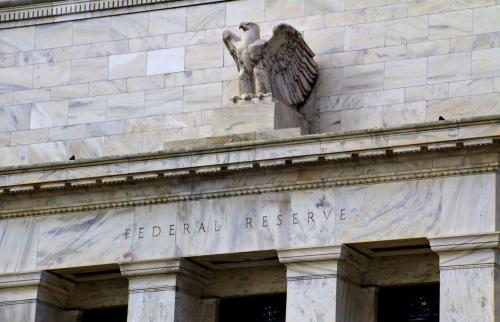As the Federal Reserve moves closer to the moment of raising short-term interest rates, which it has been holding near zero since 2008, the Fed’s communications are being scrutinized– and criticized — as intensely as they’ve ever been.
So how well is the Fed doing in explaining what’ll trigger the increase in rates and how it will react to changes in the economy in the future? Pretty darn well, given all the uncertainties in the economy itself, says William Dudley, president of the Federal Reserve Bank of New York. Pretty poorly, says John Taylor, a Stanford University economist and creator of the “Taylor Rule,” a rule of thumb for setting interest rates at the right level.
Dudley says the Fed has been “very clear” that “what we want to see is further improvement in the labor market so that we can become reasonably confident that inflation will return to 2 percent over the medium term.”
Taylor, on the other hand, points to the Fed’s Statement on Longer-Run Goals and Monetary Policy Strategy as an example of the Fed’s lack of clarity. The document, he argues, is all goal and no strategy.
So what information would Taylor like to see from the Fed? He suggests that an if-this-then-that statement, specifying how the Fed would react in various circumstances, would provide much more certainty to households, businesses and financial markets
Click here to see Dudley and Taylor’s full remarks and lively discussion of rule-based policymaking and Fed communication at the Hutchins Center on Fiscal and Monetary Policy. To learn more about how the Fed will raise interest rates, check out our Hutchins Center Explainer.


Commentary
Fed communication: Clarity or confusion?
October 21, 2015